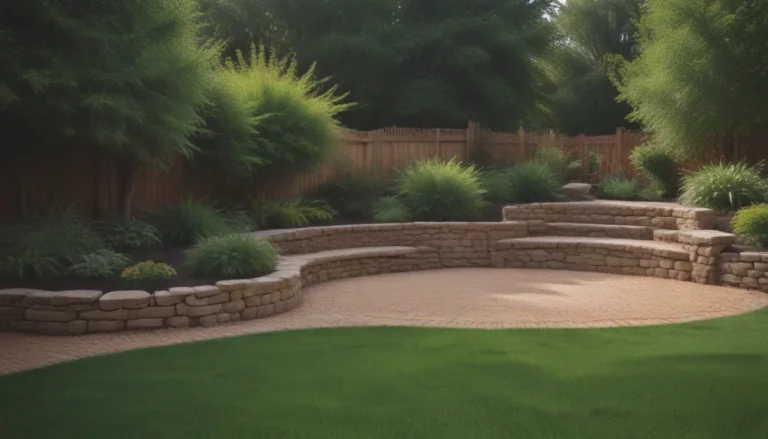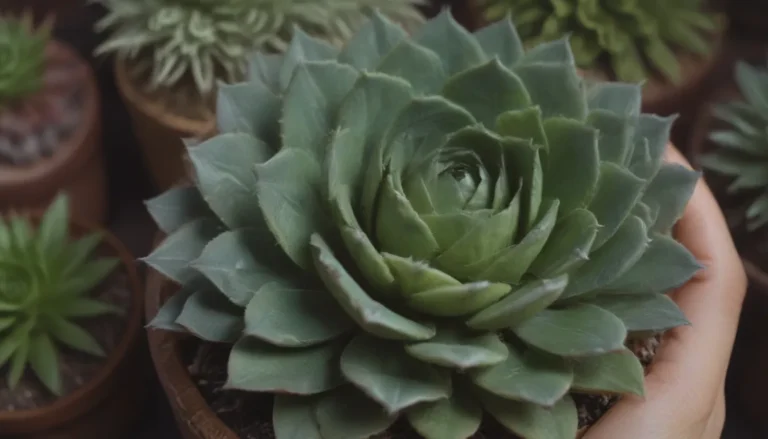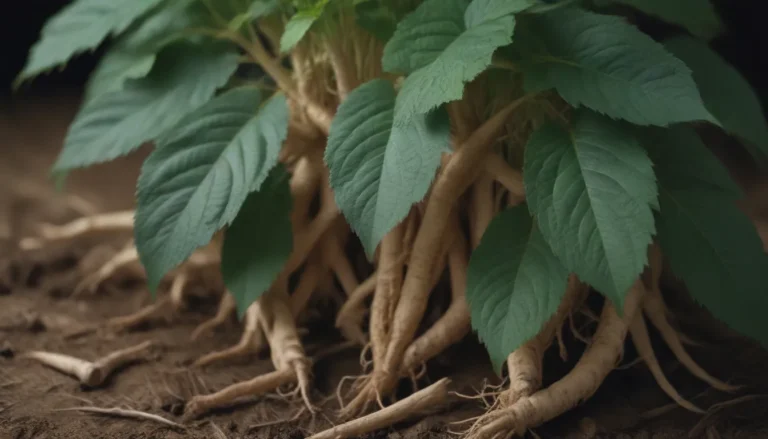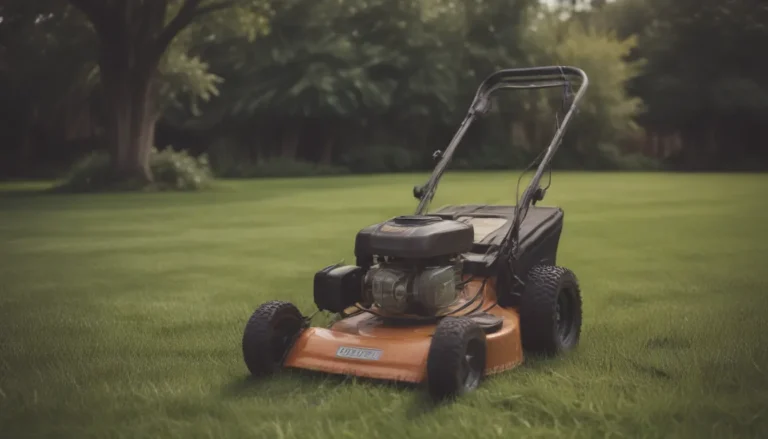Mastering Licorice Plants: The Complete Guide for Successful Growth and Care
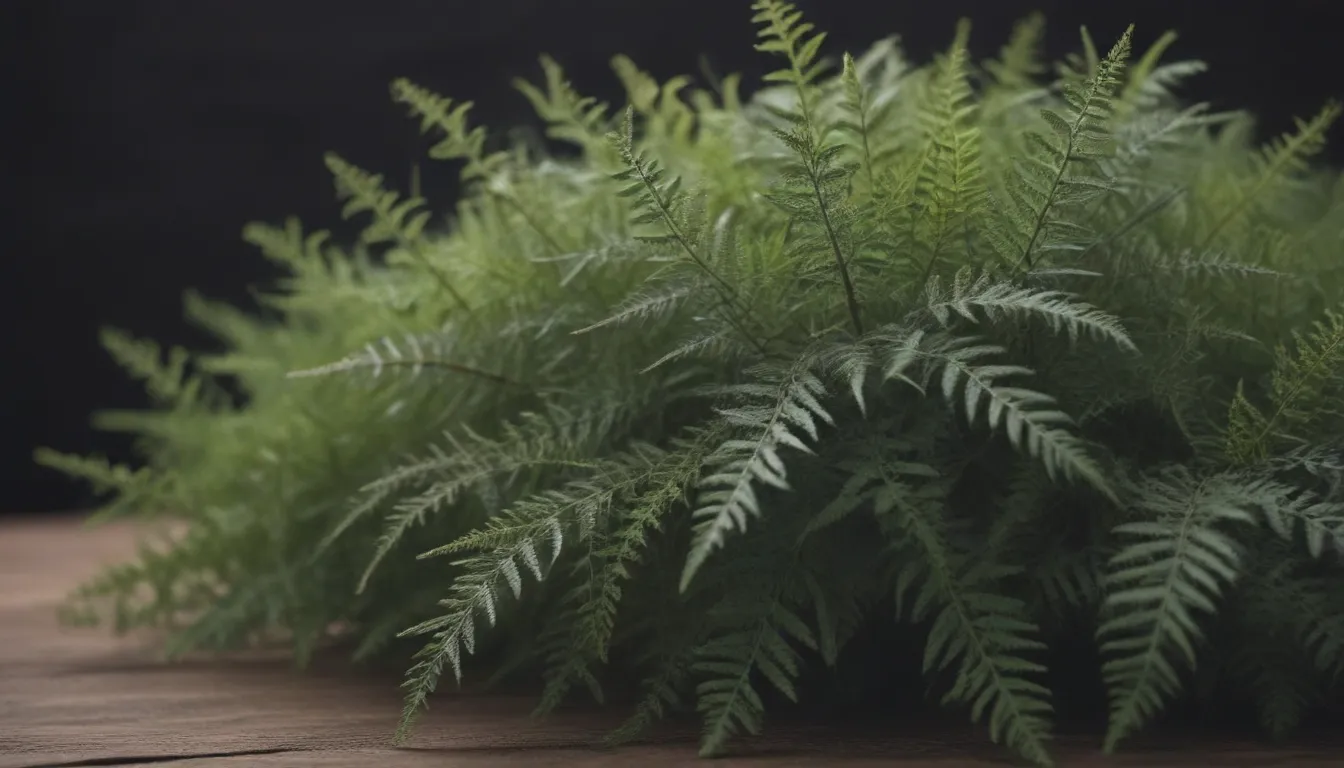
Have you ever considered adding licorice plants to your garden or landscape? These versatile shrubs are a fantastic choice for adding visual interest and texture with their trailing, silvery-gray foliage and delicate creamy-yellow flowers. Whether you plan to grow them in containers or as ground cover, licorice plants are a low-maintenance option for gardeners of all skill levels.
In this comprehensive guide, we’ll walk you through everything you need to know to grow and care for licorice plants like a pro. From light and soil requirements to watering tips and common pests, we’ve got you covered. So grab your gardening gloves and let’s dive in!
Introducing Licorice Plants: A Brief Overview
Before we delve into the nitty-gritty details of licorice plant care, let’s take a moment to appreciate the beauty and uniqueness of these plants. Licorice plants, also known as Helichrysum petiolare, are warm-zone shrubs that thrive in sunny spots with well-draining soil. Their fuzzy, aromatic foliage and trailing growth habit make them a standout feature in any garden.
If you’re ready to add a touch of elegance and charm to your outdoor space, licorice plants are a wonderful choice. Now, let’s explore the essential care requirements to help your licorice plants thrive.
Licorice Plant Care 101: Key Requirements for Success
Taking care of licorice plants is not as challenging as it may seem. With the right conditions and a little bit of maintenance, you can enjoy healthy, vibrant licorice plants in your garden. Here are the primary care requirements you need to keep in mind:
Light
- Licorice plants are sun worshippers and prefer full sun exposure.
- Aim for at least six hours of sunlight per day to promote healthy growth.
- Consider partial shade in intense afternoon sun to prevent leaf scorch.
Soil
- Well-drained, fertile soil is crucial for licorice plants.
- Avoid waterlogged conditions to prevent root rot.
- Licorice plants can tolerate poor soils but thrive in well-draining, nutrient-rich soil.
Water
- Drought-tolerant once established, licorice plants can withstand periods without water.
- For optimal growth, maintain even moisture levels, especially during hot summer months.
- Avoid overwatering to prevent soggy soil and root rot.
Temperature and Humidity
- Licorice plants prefer dry, mild climates and are not frost-hardy.
- Protect plants from cold snaps by mulching over winter.
- High humidity can lead to fungal diseases, so plant accordingly.
Fertilizer
- Licorice plants do not require frequent fertilization.
- Enhance soil with compost or organic matter at planting for vigorous growth.
- Avoid over-fertilizing to prevent leggy growth.
Tips for Pruning and Propagating Licorice Plants
Pruning and propagating licorice plants are essential tasks to maintain healthy, vibrant shrubs. Here are some guidelines to help you keep your licorice plants in top shape:
Pruning
- Lightly prune your licorice plants in early spring to maintain a neat, compact shape.
- Avoid excessive pruning to prevent damage to the plant.
- Consider removing insignificant flowers to redirect energy to foliage growth.
Propagating
- Propagate licorice plants from semi-hardwood cuttings in late summer to early fall.
- Follow proper techniques for successful propagation.
- Experiment with different methods to find what works best for you.
Growing Licorice Plants: Seeds vs. Cuttings
Both seeds and cuttings offer viable options for growing licorice plants. Here’s a comparison of the two methods to help you decide which one suits your gardening style best:
Growing from Seeds
- Sow seeds indoors in late winter or early spring.
- Harden off seedlings before transplanting outdoors.
- Monitor growth and adjust care as needed.
Propagating from Cuttings
- Propagate from semi-hardwood cuttings in late summer to early fall.
- Follow specific steps for successful propagation.
- Enjoy watching new plants grow from your efforts.
Overwintering and Common Pests
As you care for your licorice plants, it’s essential to be prepared for challenges like overwintering and pest infestations. Here are some tips for handling these potential issues:
Overwintering
- In cold climates, grow licorice plants in containers and bring them indoors before frost.
- Protect plants from extreme temperatures and frost damage.
- Adjust care routines during winter months to ensure plant survival.
Common Pests and Diseases
- Licorice plants are resistant to deer but susceptible to fungal diseases and root rot.
- Monitor plants for signs of pests like caterpillars and whiteflies.
- Use natural remedies like insecticidal soaps or neem oil to control infestations.
Troubleshooting: Addressing Common Problems
Despite your best efforts, licorice plants can still experience issues. By recognizing and addressing early warning signs, you can prevent further damage and promote plant health. Here are some common problems to watch out for:
Leggy Growth
- Overwatering or over-fertilizing can lead to leggy, unsightly growth.
- Adjust care practices to encourage compact, healthy growth.
- Prune plants as needed to maintain their shape and appearance.
Floppy Growth
- Insufficient light can cause weak, floppy stems in licorice plants.
- Ensure plants receive adequate sunlight for optimal growth.
- Consider moving plants to a sunnier location if needed.
Poor Coloration
- Lack of light can affect the striking silvery foliage of licorice plants.
- Position plants in full sun to enhance leaf color and vibrancy.
- Monitor plant health and adjust care as necessary.
Long-Term Care and Maintenance
Licorice plants are short-lived perennials that require ongoing care and maintenance to thrive. Whether you’re growing them in warm climates year-round or treating them as annuals, regular attention is essential for healthy plants. Here are some long-term care tips to keep your licorice plants looking their best:
- Monitor plant health regularly and address any issues promptly.
- Prune licorice plants as needed to maintain shape and prevent overgrowth.
- Consider overwintering strategies for cold climates to protect plants from frost.
- Experiment with different care techniques to find what works best for your licorice plants.
By following these guidelines and staying attuned to your licorice plants’ needs, you can cultivate a stunning garden feature that adds beauty and charm to your outdoor space.
Conclusion
In conclusion, licorice plants are versatile, attractive shrubs that can enhance any garden or landscape. With their unique foliage, vibrant flowers, and low-maintenance requirements, these plants are an excellent choice for both novice and experienced gardeners.
By providing the right growing conditions, proper care, and attention to detail, you can enjoy healthy, thriving licorice plants in your outdoor space. Whether you’re propagating from cuttings, growing from seeds, or troubleshooting common problems, this comprehensive guide has equipped you with the knowledge and tools to succeed.
So go ahead, roll up your sleeves, and get ready to grow and care for licorice plants like a pro. Your garden will thank you for it! Happy gardening!
[Sources: World Flora Online, PlantZAfrica, Rutgers New Jersey Agricultural Experiment Station]

